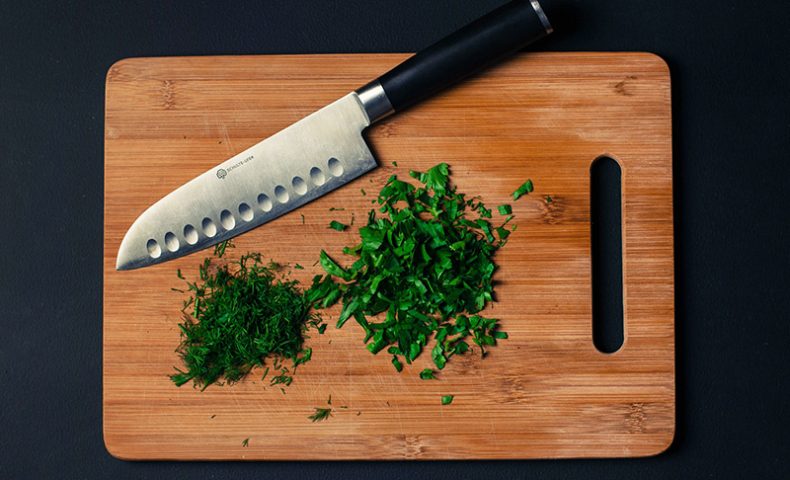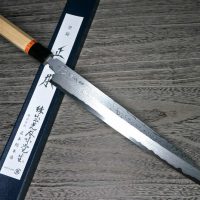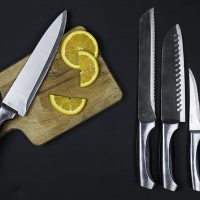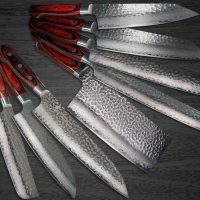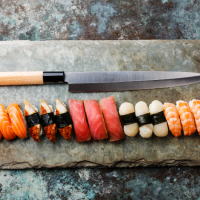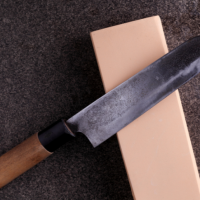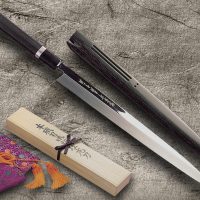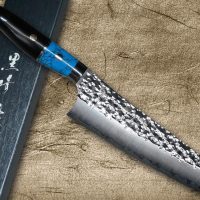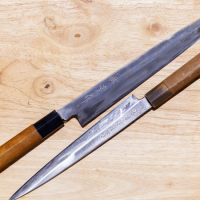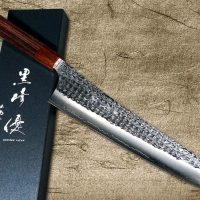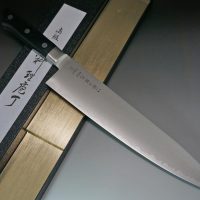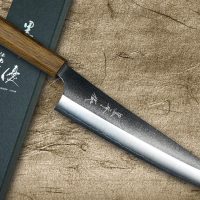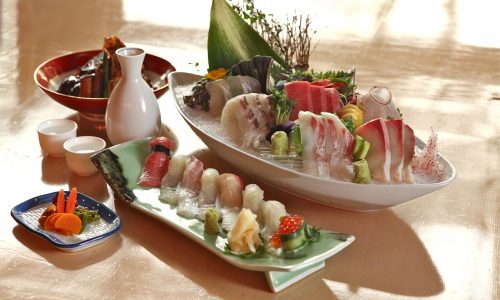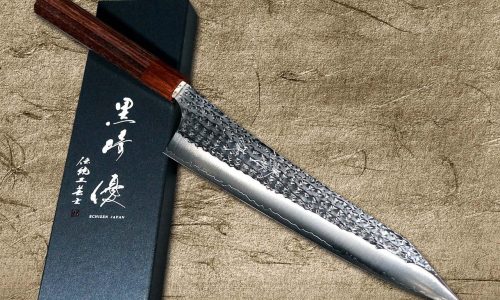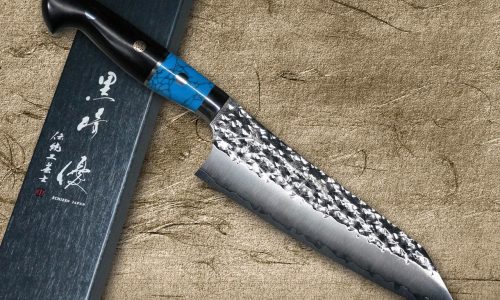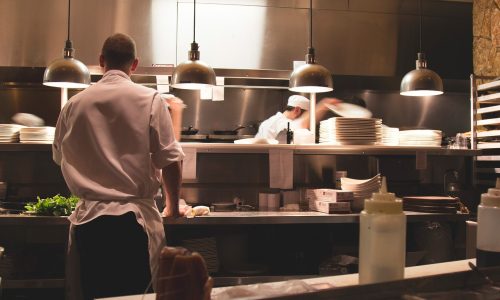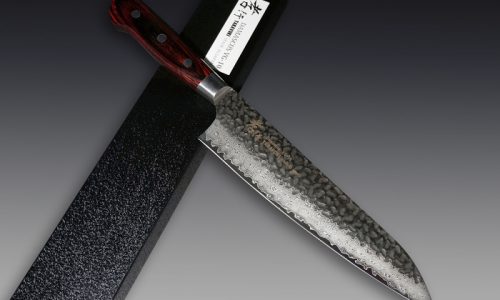Japanese culture is steeped in tradition; this tradition is reflected in the preparation of their food. The Japanese have three meals a day, and with kitchen knives, Japanese cooks are able to create fabulous dishes for each of them. Japanese knives are not only culinary equipment used to craft Japanese delicacies; they are among the top-most valued items in Japanese history after those of Samurai blades. These cooks use different types of kitchen knives for different tasks. In Japan, during the 16th century, knife production began, and since then, it has yet to slow down. But the industry did not start with kitchen knives; Japanese manufacturers focused first on knives meant for cutting tobacco.
Japanese kitchen knives are generally made of carbon steel material.
For their kitchen knives, Japanese manufacturers do not use stainless steel, which is a trait that differentiates these knives from European knives, including Sabatier kitchen knives. The knife blades are laminated with three layers, and because of this, these knives are popular throughout the world for their sharpness and strength. Due to the high-quality of these kitchen knives, Japanese manufacturers do charge more, but the increased price is well worth it in the long run when the knives do not have to be replaced. Along with higher prices, a variety of Japanese knives serve different purposes and are forged with extremely high-quality steels with hardness of over 60 HRC. And, when these knives are imported with other foreign kitchen knives, discount kitchen stores may offer a few sets of older models.
Traditionally, Japanese kitchen knives are classified according to their make.
Honyaki kitchen knives are forged from high-carbon steel. These knives are very sharp and have a much longer lifespan than any other kitchen knives Japanese manufacturers produce. Skill is required both to make these knives and to use them; they can be easily damaged if used improperly. Kasumi knives are made from a mixture of materials, usually carbon steel and a softer iron metal. These two metals are mixed in the appropriate proportions to create the blades.
The deba knife is a Japanese clever. These kitchen knives are slightly curved and pointed, and are extremely sharp. Generally, these knives are used for cutting fish, but meat and pork can be cut as well. Like other kitchen knives, Japanese manufacturers offer deba knife in various sizes depending on the task.
For cutting vegetables, Japanese cooks use the nakiri knife.
These knives have straight blades in comparison to the curved blade of the deba knife. The blades are thinner as well; therefore, while these knives are wonderful for slicing through vegetables and fruit, they cannot be used with fish or other meats. Usuba knife are also used for cutting vegetables. These knives are considered professional vegetable knives, while nakiri knife are standard vegetable knives. Menkiri knife are used in the making of long, rectangular noodles. With their kitchen knives, Japanese cooks can perform any task; and thanks to the international market, their knives are helping chefs in every country succeed at the smallest, most intricate cooking jobs.
The Japanese employ countless other kitchen knives in their daily cooking tasks. There is definitely something both beautiful and practical about these kitchen knives, which are among the reasons upon why Japanese manufactures take a lot of pride in their craftsmanship. The world market offers no better knives; Canada, Europe and even the United States cannot begin to compete. These are the best kitchen knives; Japanese cooks know it too.

